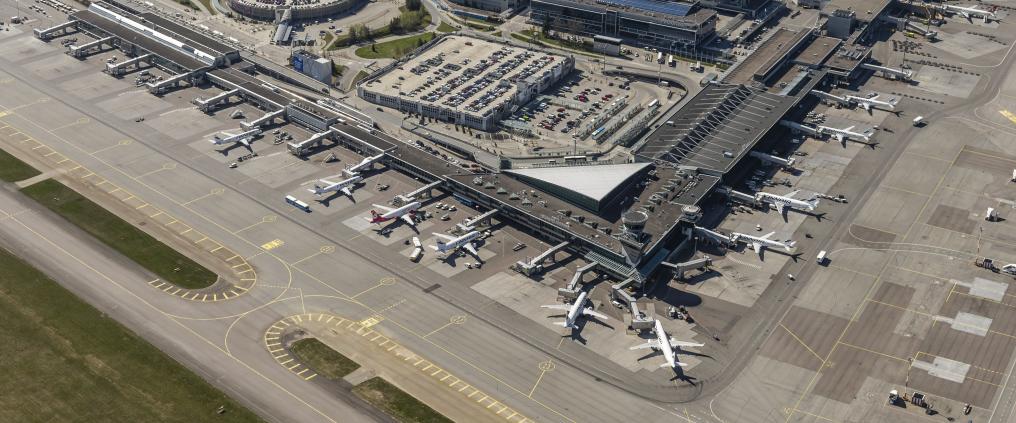Helsinki Airport is located in the City of Vantaa, near its urban structure of increasing density. The central location with good transport connections to residential and business areas benefits both passengers and companies. However, the downside is the aircraft noise experienced by the residents of neighbouring areas.
Fortunately, aircraft noise can be efficiently controlled by actions taken by Finavia and the airlines. And new noise impacts can be best affected by appropriate land use planning.
“We are exercising noise control at Helsinki Airport as a carefully compiled package. It takes into account both the smooth flow and safety of traffic and the locations of residential areas,” environmental expert Satu Routama explains.
The airport’s environmental permit requires that a regularly updated noise control plan is in place. The Helsinki Airport noise control plan produced by Finavia was updated at the beginning of 2017.
The method of runway usage is the deciding factor
The way in which the runways are used decides how people observe the aircraft noise. That is why the runway system and take-off routes of Helsinki Airport are designed so that the nearest areas of dense population can be bypassed as well as possible. Runway usage is based on the fact that take-offs and landings are safest when performed against headwind.
The runway usage and flight routes are planned so that residential areas can be bypassed as well as possible in take-offs.
Take-offs are primarily taking place on Runway 22R towards southwest, while take-offs of aircraft types generating less noise also take place on Runway 22L towards south. The routes of planes takin off have been carefully planned taking into account the locations of residential areas.
The primary direction of approach to the airport is from northwest to Runway 15. This approach route has the smallest number of residents living near the airport. Planes landing on Runway 15 are also guided to a shorter final approach past the residential area of Nurmijärvi village.
In addition, the noise effects of landings are mitigated using Continuous Descent Operation (CDO) where the aircraft approaches the runway in continuous descent, using minimal engine power. Landing noise can also be affected with the settings of aircraft wing flaps and landing gear; their operation is the pilot's decision.
Many flights in the evening, less at midnight
The result of noise control is always a compromise. For example, aircraft noise generated by morning and evening traffic is usually considered to be the most disturbing. On the other hand, early morning departures and late evening return arrivals are just the thing that allows efficient business travel.
“Helsinki Airport is Finland’s main airport, and it is our job to ensure that the travel chains via Helsinki Airport are as fluent as possible. It should be possible to fly from Oulu to Europe for one working day and fly back in the evening, for example. In turn, the Asian passengers appreciate the smooth afternoon transit connections to Europe,” Routama explains.
Although the air traffic of Helsinki Airport is busy in the morning and still in the evening, Finavia is not in favour of increasing midnight traffic. That is why we try to influence the operations of airlines operating at the airport, among other things by setting higher noise charges to midnight flights and the noisiest aircraft types.
There is more other environmental noise than aircraft noise
In 2015, the aircraft noise area of Helsinki Airport had approximately 19,000 inhabitants. There are many times more people living in equivalent areas of road and rail traffic noise, approximately 450,000 in the Helsinki Region (EU Noise Directive reports of 2012). In other words, there is considerably more other environmental noise than aircraft noise.
Read more about controlling noise and noise reports at Finavia.
How the runways are used at Helsinki Airport
This article is part of Finavia’s annual report 2016. Click here to view the full annual report.
